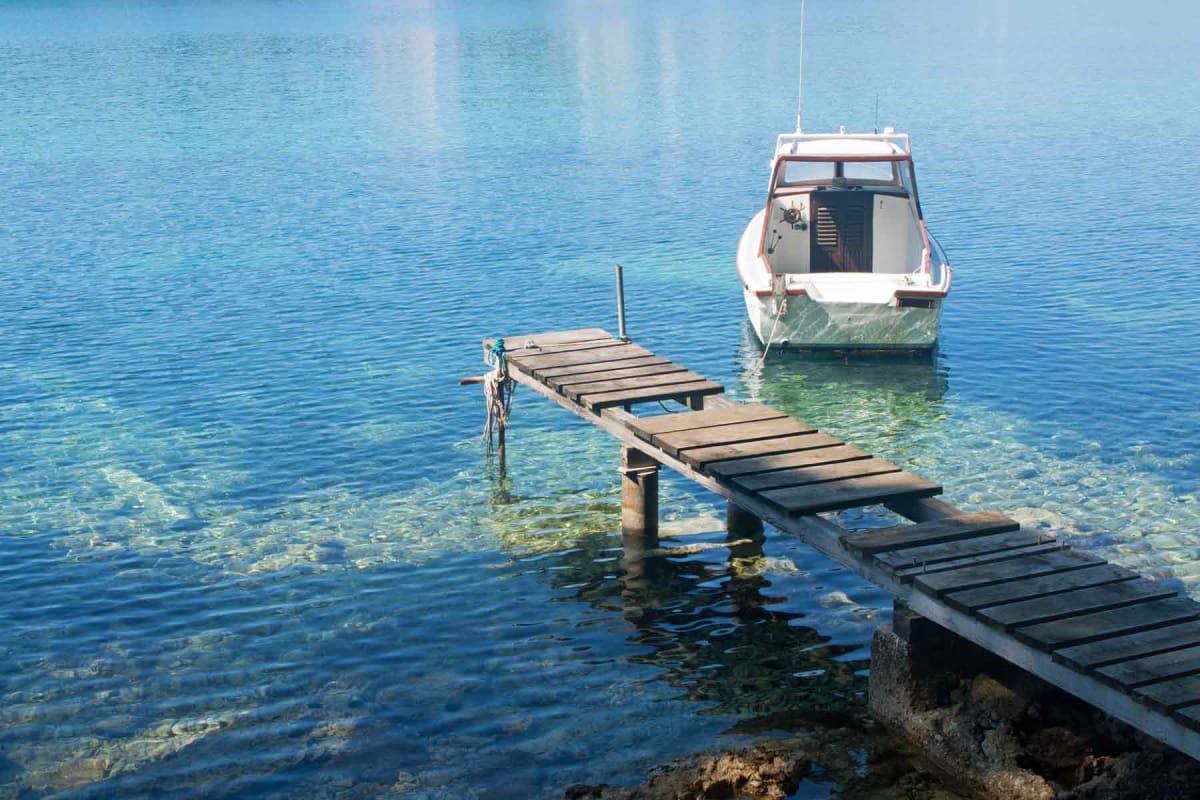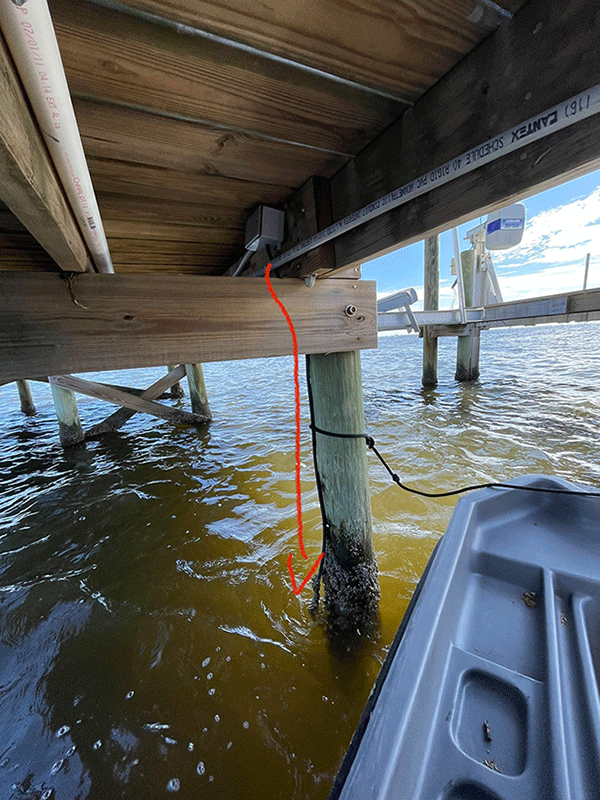Top Signs You Need Professional Dock Repairs This Season
Effective Dock Repair Work Techniques: Making Sure Architectural Honesty
Ensuring the structural integrity of docks through efficient repair service techniques is paramount for the long life and safety and security of aquatic facilities. This involves a multi-faceted approach beginning with detailed assessments utilizing advanced technologies like finder devices and from another location operated cars (ROVs) to spot both visible and hid damages. Subsequently, picking the ideal repair work products, such as corrosion-resistant alloys and composite products, is essential for resilience. Architectural support methods, consisting of the application of cross-bracing systems and load-distribution plates, play a vital duty in mitigating stress and anxiety points. However, the value of these methods comes to be obvious when exploring innovative repair work approaches and preventative maintenance strategies.
Analyzing Dock Damage
Evaluating dock damages is a crucial very first step in making sure the structural integrity and security of any docking facility. Secret facets to check out include the dock's foundation, pilings, decking, and hardware (Dock Repairs).
Architectural engineers or certified assessors generally carry out these analyses utilizing specialized devices and techniques. Underwater inspections might employ finder tools or remotely ran cars (ROVs) to discover immersed damages. Above water, visual inspections are complemented by utilizing wetness meters and other analysis devices to discover underlying problems not promptly noticeable to the naked eye.

Choosing Repair Work Materials
Choosing the proper fixing products is a pivotal action in the dock remediation process, one that directly influences the longevity and performance of the repaired structure. Material selection must be driven by factors such as environmental conditions, load-bearing requirements, and compatibility with existing dock components. Wood is a standard option for anchors due to its natural durability and aesthetic appeal. Nonetheless, picking the appropriate kind of wood, such as pressure-treated lumber or naturally rot-resistant species like cedar or teak, is crucial to withstand marine settings.
Along with timber, composite products are progressively prominent as a result of their durability and reduced maintenance demands. Compounds, normally made from a blend of plastic and wood fibers, supply exceptional resistance to rot, insects, and UV damage. For steel anchors, selecting corrosion-resistant alloys such as galvanized steel or marine-grade light weight aluminum is important to prevent rust and make certain architectural stability in saline water conditions.
Epoxy resins and marine-grade sealers are essential for fixing splits and sealing joints, providing a waterproof barrier and improving the dock's overall stamina. By carefully choosing high-grade materials, dock repairs can achieve durable results, thereby protecting against future deterioration and guaranteeing safe, reputable use.
Architectural Support Techniques
Efficient architectural support strategies are essential in making certain the security and durability of dock repairs. One basic technique includes making use of steel or composite reinforcement bars (rebar) within concrete structures. Rebar provides added tensile strength, preventing cracks and distributing loads more equally. This approach is specifically reliable for anchors revealed to heavy tons or severe environmental conditions.
Another vital method is the application of fiber-reinforced polymers (FRP) These materials supply high strength-to-weight proportions and outstanding resistance to corrosion, making them excellent for enhancing concrete or wood anchors. FRP can be applied in sheets or strips and bound with epoxy resins to improve structural honesty.
Bracing and anchoring systems likewise play a vital function in architectural straight from the source reinforcement. Cross-bracing, utilizing metal or wood beam of lights, can neutralize lateral pressures, minimizing swaying and activity. Anchoring systems, such as helical piers or driven heaps, offer a stable YOURURL.com structure by transferring lots to deeper, a lot more stable dirt layers.
Lastly, the assimilation of load-distribution plates can help disperse weight more uniformly throughout the dock's surface, mitigating localized stress points. These strategies collectively make sure that docks stay durable and risk-free, with the ability of standing up to the rigors of their operational setting.
Advanced Repair Techniques

An additional innovative strategy includes undersea welding, which enables for repair services to be carried out without the requirement to dewater the area. This technique is especially beneficial for dealing with structural issues in immersed dock parts, making certain marginal interruption to operations. Enhanced welding strategies, coupled with robotic systems, supply accuracy and dependability, thus extending the life-span of the dock.
In addition, cathodic security systems are executed to stop deterioration in metal dock structures. By using sacrificial anodes or pleased present systems, these techniques effectively mitigate the electrochemical procedures that bring about product damage.
Lastly, progressed monitoring technologies, such as structural health and wellness tracking (SHM) systems, provide real-time data on the problem of dock frameworks. These systems enable aggressive maintenance and timely interventions, inevitably making sure the long-lasting architectural integrity of the dock.
Maintenance and Prevention
Maintenance and avoidance are basic ideas that underpin the longevity and safety of dock structures. Routine examinations are critical, permitting very early discovery of damage, possible weak points, and ecological impacts. A positive technique, including routine look for deterioration, rot, and structural changes, alleviates pricey repair services and prolongs the dock's functional life.
Precautionary procedures should consist of applying protective layers to steel parts to secure versus corrosion and making use of treated timber to resist decay. Additionally, guaranteeing proper water drainage and air flow can prevent water accumulation, which is a typical root cause of architectural deterioration. Incorporating quality products and adhering to manufacturer standards throughout building and construction and repair work stages also play critical duties in enhancing sturdiness.

Educating workers in dock upkeep learn this here now ideal methods guarantees constant application of preventative actions. Leveraging technological breakthroughs, such as drones for assessments and sensing units for real-time tracking, can further improve maintenance efforts. By focusing on upkeep and avoidance, dock owners can ensure architectural stability, functional security, and affordable management over the dock's life expectancy.
Final Thought
In conclusion, preserving the structural stability of marine facilities requires comprehensive dock repair work strategies. Advanced repair work methods, combined with regular upkeep methods, ensure the dock remains operational and risk-free under varied ecological problems.
Ensuring the structural stability of docks via effective repair work techniques is vital for the durability and safety of aquatic facilities.Choosing the ideal repair service materials is a critical action in the dock restoration procedure, one that directly influences the durability and performance of the repaired structure.Efficient structural reinforcement techniques are crucial in making sure the stability and durability of dock repair services. By prioritizing upkeep and avoidance, dock owners can make certain structural integrity, operational safety and security, and cost-effective monitoring over the dock's life-span.
In verdict, maintaining the structural honesty of marine facilities requires extensive dock repair work strategies.